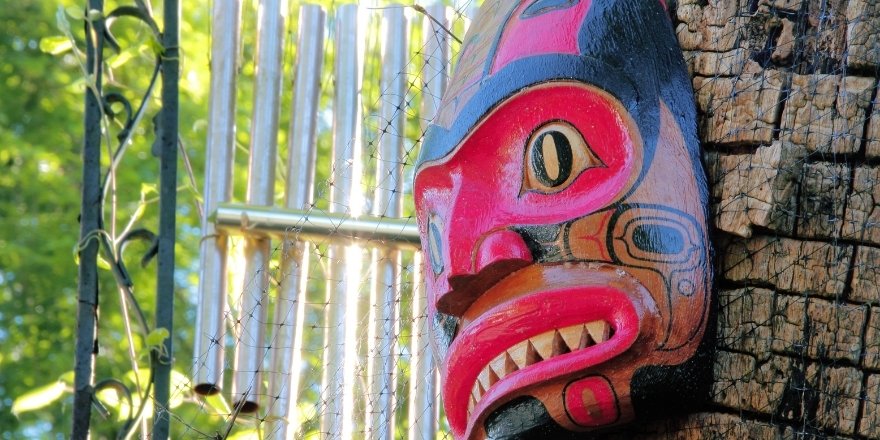
Today, September 30, 2022, marks Canada's second National Day for Truth and Reconciliation. September 30 is also Orange Shirt Day, a grassroots movement that memorializes lives lost to Canada's residential school system.
Truth and reconciliation
Canada has a long history of residential schools. From 1831 to 1998, the federal government ran over 100 residential schools — places where Indigenous children were taken to be separated from their parents, communities, and cultures. The residential school system was one of the pillars of the government's strategy of "civilizing" Canada's indigenous peoples. In reality, the system caused nothing but pain, trauma, and tragedy.
The government has since officially apologized for residential schools, and established the National Centre for Truth and Reconciliation (NCTR), a living archive for stories and data.
From 2008 to 2015, the Truth and Reconciliation Commission investigated the legacy of the residential school system, giving those directly and indirectly affected the chance to share their stories and make their voices heard. The Commission released a final report detailing 94 Calls to Action that could help Canada heal its relationship with Indigenous peoples. Prime Minister Justin Trudeau made clear the government's commitment to realizing these recommendations.
National Day for Truth and Reconciliation
One of the 94 recommendations, Call to Action 80, calls for the establishment of a federal statutory day of remembrance. This annual day of commemoration will take place September 30: National Day for Truth and Reconciliation.
Why orange shirts?
Orange Shirt Day gets its name from a story told by Phyllis (Jack) Webstad, a former student of the St. Joseph Mission Residential School in British Columbia. On her very first day at the school, when she was just six years old, Phyllis arrived in a shiny new orange t-shirt her grandmother had bought her. School administrators took Phyllis' new orange shirt away.
A little girl's orange t-shirt, wrongly taken, has become a symbol for broader cultural losses stemming from the residential school system. What was taken cannot be regained, but we can commemorate their memories, and work to ensure this dark chapter of Canadian history is never repeated.
Before the first ever National Day for Truth and Reconciliation in 2021, Phyllis Webstad shared her experience at residential school and what inspired the creation of Orange Shirt Day:
How can I get involved on National Day for Truth and Reconciliation?
The first step is to get yourself an orange shirt! Wearing orange this September 30 is a great way to show that you're engaged and aware of Canada's history — and that you care about our collective future! Wearing orange is a way to mourn the lost and honour Survivors.
The Government of Canada also has many fun resources to learn about Canada's Indigenous peoples online. You can try out crafts, listen to stories, and watch movies. You can also take a moment to browse the NCTR Memorial, a haunting and solemn record of residential school victims.
Curious about Indigenous culture and history more broadly? Canada has three distinct groups of Indigenous peoples — First Nations, Inuit, and Métis — each with their own unique practices and histories. You can learn tons of interesting things on the Indigenous peoples and cultures website.
Learn more about National Day for Truth and Reconciliation